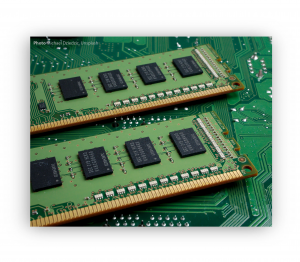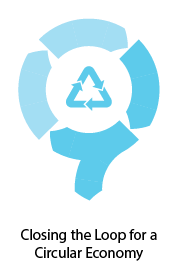About the tool
The Background data for Critical Raw Materials (CRMs) contains information on metals and minerals that are considered as critical raw materials in the European Union. Critical raw materials are imported from suppliers around the world, are scarce and important for a number of important sectors. Closed product cycles is a way to reduce the demand for new materials. The Background data for Metal Use in Sectors presents a list of metals and information regarding sector application, end-use fraction and estimated residence time.
How to apply the tool?
Step 1:
Check the bills of materials for the product in question, to understand which components of existing products contain CRMs. Identify also which metals these components contain.
Step 2:
Prioritise recirculation efforts for those components. For CRMs that have a (high) recycling input rate, recirculation pathways are most likely established and should be used. Higher recovery rates as can be established via reuse should be preferred. Use the Background data for Critical Raw Material and Background data for Metal Use in Sectors to find information about the materials.
When to apply the tool?
The Background data for Critical Raw Materials should be used in the early product development to identify materials which should be possible to recirculate or avoid in your product.

The Background data for Critical Raw Materials is one of the tools presented in the CIRCit project to support Closing the Loop for a Circular Economy.
Read more about the results of this focus area, explore other tools which can help in Closing the Loop for a Circular Economy and download the inspiring workbook here.
Downloads


